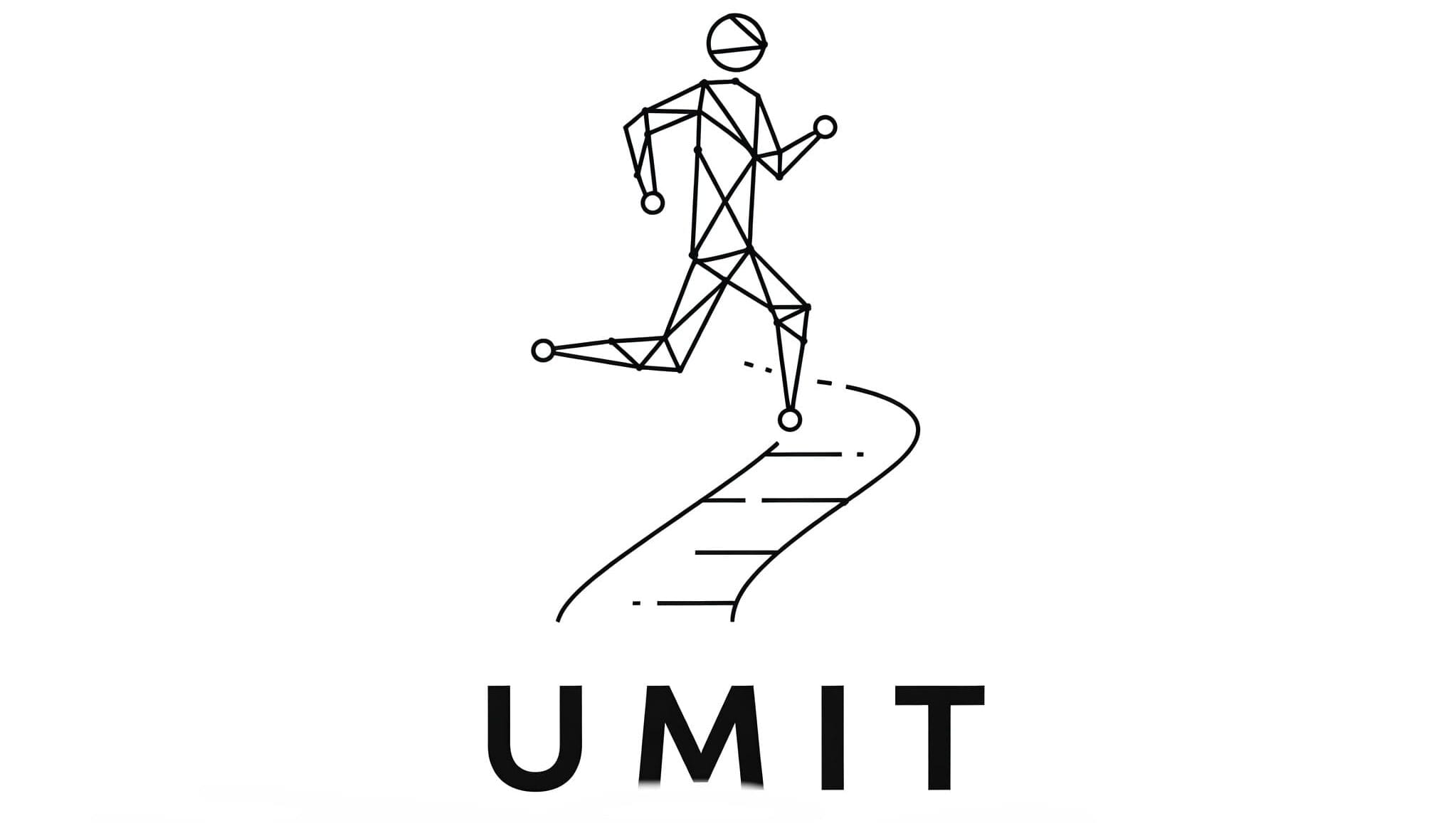
1. Introduction to Ultra Marathon Training
Ultra marathons, a term that might sound intimidating to some, refer to running races that exceed the traditional marathon distance of 42.195 kilometers (26.2 miles). These events test not only a runner’s physical endurance but also their mental fortitude, strategy, and resilience. Ultra marathons can vary in length, ranging from 50 kilometers to 100 miles or even longer, taking place in diverse terrains such as mountains, deserts, or urban trails.
Unlike standard marathon training, ultra marathon preparation requires a specialized approach due to the sheer distance and challenging conditions. The importance of proper training cannot be overstated, as participants must adapt to unique demands, including prolonged periods of exertion, variable weather conditions, and the need for strategic nutrition and hydration.
One of the key aspects of ultra marathon training is building an extensive aerobic base. Runners must increase their weekly mileage gradually, often exceeding 100 kilometers per week, to develop endurance without risking injury. This gradual progression is vital to ensuring the body can handle the physical stress of ultra distances.
In addition to physical preparation, mental training plays a pivotal role in ultra marathon success. Long-distance running can be as much a psychological challenge as a physical one. Runners often encounter moments of doubt, fatigue, or discomfort during ultra events. Overcoming these hurdles requires mental toughness, a skill that can be cultivated through visualization, mindfulness, and simulated race conditions in training.
Another essential component of ultra marathon training is nutrition. Unlike shorter races, where energy demands can often be met with pre-race meals and hydration, ultra marathons necessitate continuous fueling throughout the event. Runners must experiment with energy gels, electrolyte drinks, and solid foods during training to identify what works best for their digestive system and energy needs.
Proper recovery strategies are also crucial in ultra marathon training. Rest days, stretching routines, and practices like yoga or foam rolling help prevent overtraining and injuries. A well-planned recovery schedule allows runners to consistently train over months without setbacks.
In conclusion, ultra marathon training is a multifaceted process that goes beyond simply running longer distances. It encompasses physical, mental, and nutritional preparation tailored to the demands of ultra-distance events. Aspiring ultra runners must commit to disciplined and strategic training to succeed in this unique and rewarding endurance sport.
2. Understanding Ultra Marathon Distances
Common ultra marathon distances
Ultra marathons come in a variety of distances, with the most common being 50 kilometers (31 miles), 100 kilometers (62 miles), 50 miles (80 kilometers), and 100 miles (161 kilometers). Each distance presents its own set of challenges, requiring tailored training and race strategies. While some runners may prefer the shorter end of the spectrum, others relish the grueling endurance tests of 100-mile events, which can take upwards of 24 hours to complete.
Differences between road and trail ultra marathons
Ultra marathons can be categorized into road and trail events, each offering unique challenges. Road ultras are typically held on paved surfaces and often emphasize consistent pacing and speed. These races may seem more straightforward, but the repetitive impact on hard surfaces can lead to specific physical strains, such as shin splints or joint fatigue.
On the other hand, trail ultra marathons take place on natural terrains such as forests, mountains, or deserts. These races often involve significant elevation changes, technical trails, and unpredictable weather conditions. Runners must adapt to uneven surfaces, steep ascents, and descents, making trail ultras a test of both physical and technical skills. Trail events also tend to be more scenic, offering breathtaking views that can motivate participants despite the physical demands.
Ultimately, whether on the road or trail, ultra marathons challenge runners to push their limits and embrace the unpredictable nature of long-distance racing.
3. Benefits of Ultra Marathon Running
Physical benefits
Engaging in ultra marathon running enhances cardiovascular health, builds muscular endurance, and increases overall strength. The prolonged physical activity involved in training and races strengthens the heart and lungs while also toning the muscles.
Mental and psychological advantages
Ultra marathon training promotes stress reduction, fosters mental toughness, and helps runners develop goal-setting skills. Overcoming the mental challenges of ultra-distance running often translates into increased resilience in other aspects of life.
Community and camaraderie
Ultra marathon events provide opportunities to connect with like-minded individuals. The supportive community of ultra runners is a source of motivation and shared experiences, fostering strong friendships and a sense of belonging.
4. Essential Components of Ultra Marathon Training
Building Endurance
Endurance is the cornerstone of ultra marathon training. Gradually increasing weekly mileage helps runners adapt to long distances, while regular long runs prepare the body and mind for extended periods of exertion.
Incorporating Strength Training
Strength training is essential for injury prevention and overall performance. Core exercises improve stability, while lower body workouts build the strength needed to tackle challenging terrains and distances.
Flexibility and Mobility Work
Stretching routines and activities like yoga enhance flexibility and mobility. These practices help reduce the risk of injuries and improve overall running efficiency.
5. Developing a Training Plan for Ultra Marathons
Setting Realistic Goals
Runners should assess their current fitness levels and select race distances that align with their abilities and experience. Setting achievable goals ensures steady progress and builds confidence.
Structuring Weekly Training
Balancing hard and easy days is crucial for sustainable training. Adequate rest and recovery days allow the body to repair and adapt, preventing burnout and overtraining.
Periodization
Effective training plans include periodization phases such as base building, peak training, and tapering. These phases ensure a gradual increase in fitness and optimal performance on race day.
6. Nutrition Strategies for Ultra Marathon Training
Daily Nutrition
A balanced diet with the right macronutrient breakdown is essential for energy and recovery. Proper hydration supports overall performance and prevents dehydration.
Fueling During Long Runs
Runners should experiment with energy gels, whole foods, and electrolyte solutions during training. Finding the right fueling strategy helps maintain energy levels and prevents digestive issues.
Post-Run Recovery Nutrition
Consuming protein and carbohydrates after runs aids muscle repair and replenishes glycogen stores. Rehydration is also essential for recovery and performance consistency.
7. Mental Preparation for Ultra Marathons
Building Mental Resilience
Visualization techniques and strategies to cope with fatigue and discomfort are vital. Training the mind to stay focused during challenges is as important as physical preparation.
Staying Motivated During Training
Setting intermediate goals and joining running communities can keep motivation levels high. Social support and celebrating milestones enhance the training journey.
8. Avoiding and Managing Injuries
Common Injuries in Ultra Marathon Training
Runners often face issues like runner’s knee, shin splints, and plantar fasciitis. Recognizing symptoms early helps prevent complications.
Injury Prevention Strategies
Proper warm-up and cool-down routines, along with listening to the body, are essential for injury prevention. Addressing minor discomforts early reduces the risk of severe issues.
Recovery from Injuries
Seeking medical help when necessary and incorporating physiotherapy or cross-training can expedite recovery and maintain fitness levels.
9. Gear and Equipment for Ultra Marathons
Choosing the Right Shoes
Selecting trail or road shoes based on race conditions is crucial. Proper fit and cushioning minimize discomfort and prevent injuries.
Hydration Solutions
Hydration packs, handheld bottles, or collapsible flasks allow runners to carry water and electrolytes during races. Choosing the right option depends on the race distance and terrain.
Clothing and Accessories
Technical fabrics wick moisture and prevent chafing. Layering for variable weather and carrying essentials like waterproof jackets, hats, and gloves ensure comfort and protection.
Navigation Tools
GPS watches, maps, or smartphones with navigation apps help runners stay on course. Trail ultras often require familiarity with route markings and elevation profiles.
Other Essentials
Headlamps for night running, trekking poles for steep terrains, and emergency supplies like blister kits or thermal blankets are vital for safety and preparedness.
10. Race Day Preparation
Pre-Race Routine
Before race day, it’s essential to fuel your body properly to ensure peak performance. Focus on consuming easily digestible carbohydrates like oatmeal, bananas, or toast with peanut butter. Hydration is equally important, so drink water throughout the morning leading up to the race, but avoid over-hydrating to prevent discomfort during the race.
Preparing gear and equipment is a critical step to ensure everything runs smoothly on race day. Lay out your race kit the night before, including your running shoes, clothing, bib number, watch, and any nutrition or hydration supplies. Don’t forget your sunscreen, hat, and sunglasses for protection against the elements. Double-check your equipment to make sure everything is in working order, and take time to mentally prepare for the race ahead.
During the Race
Managing your pace and effort is key to a successful race. Start at a comfortable pace to avoid burning out too early, especially during long-distance events. Use the first few kilometers to gauge how your body is feeling and adjust accordingly. Remember to stay consistent, and don’t be swayed by the pace of others—focus on your own race strategy.
Unexpected challenges, such as sudden weather changes, terrain difficulties, or an energy dip, are common during races. Stay calm and adapt by adjusting your pace, taking small breaks when needed, and maintaining a positive mindset. Keep an eye on your hydration and nutrition levels, and be ready to make on-the-spot adjustments if something isn’t working.
Post-Race Recovery
Cooldown routines are vital for aiding in recovery after a race. Spend 10–15 minutes walking or jogging slowly to bring your heart rate down gradually. Follow this with some gentle stretching to help reduce muscle tightness and promote flexibility. Incorporating foam rolling or light massage can also help alleviate tension in the muscles.
Addressing soreness and fatigue after the race is important for long-term recovery. Stay hydrated and nourish your body with a balanced meal that includes protein and carbohydrates to repair muscles and replenish energy stores. It’s also important to allow your body time to rest and recover fully before jumping back into intense training. Listen to your body’s signals, and take time off if necessary to avoid overtraining injuries.
11. Adapting Ultra Marathon Training for Different Conditions
Running in Extreme Weather
Heat training is essential for races in hot conditions. Start by gradually increasing your exposure to higher temperatures during training. Stay hydrated, and opt for lighter clothing that wicks away sweat. It’s also important to train during the hottest parts of the day to prepare your body for the heat. Additionally, consider modifying your pace and taking more frequent hydration breaks during the race to avoid heat exhaustion.
Cold weather running requires special preparation. Layer your clothing, with moisture-wicking base layers to keep sweat away from the skin and insulating layers to retain body heat. Pay extra attention to extremities—wear gloves, warm socks, and a hat or headband to prevent frostbite. During cold-weather races, be mindful of the risk of hypothermia and take steps to regulate your body temperature by adjusting your layers as needed.
Altitude Training
Acclimatization is key when training at higher altitudes. Give your body time to adjust to the reduced oxygen levels by gradually increasing your altitude exposure. Spend several days at moderate altitudes before heading to higher elevations to allow your body to adapt. Avoid overexerting yourself initially, as altitude can strain the cardiovascular system, and ensure adequate hydration and nutrition to help with the acclimatization process.
Altitude training provides many benefits, such as improved red blood cell production and enhanced endurance, which are valuable for ultra marathon performance. However, it can also present challenges, such as difficulty breathing, fatigue, and nausea. Training at higher elevations requires careful monitoring of your health, and it’s important to be aware of altitude sickness symptoms like dizziness, headaches, and shortness of breath. Take these symptoms seriously and descend if needed to avoid severe health issues.
Night Running
Night running is often necessary for ultra marathoners tackling long-distance events. Ensure your safety by using a reliable headlamp that provides sufficient light for your surroundings. Reflective gear is also essential for visibility, especially if you’ll be running on roads or trails where you may encounter vehicles or other runners. Choose bright, reflective clothing and accessories to make yourself visible to others in the dark.
Staying safe and alert during night running requires extra caution. Always be aware of your surroundings, including potential obstacles or wildlife, and avoid areas with low visibility. Run in well-lit areas or on well-established trails where possible, and stay connected with a running buddy or use a GPS tracking device to ensure someone knows your location. Trust your instincts and be prepared to adjust your route if necessary.
12. FAQs About Ultra Marathon Training
How long does it take to train for an ultra marathon?
The time it takes to train for an ultra marathon varies based on your experience level. For beginners, training typically takes 6–12 months, as it involves gradually increasing endurance, building strength, and adapting to long distances. Experienced runners may need 3–6 months of focused training, with an emphasis on maintaining endurance and improving race-specific skills. Regardless of experience, it’s crucial to allow sufficient time for preparation, including building a solid base of mileage, speed work, and recovery periods.
What is the best way to fuel during an ultra marathon?
During an ultra marathon, fueling is crucial to maintain energy levels. A balanced combination of carbohydrates, fats, and protein is ideal for race day. Use easily digestible foods like energy gels, bars, and bananas for quick energy. Additionally, electrolyte drinks and salty snacks can help replenish lost minerals. Aim to consume small, frequent amounts of food and hydration throughout the race, instead of trying to consume large amounts at once. Pay attention to how your body responds and adjust your fueling strategy as needed to avoid gastrointestinal discomfort.
How do I prevent burnout during training?
Rest and recovery days are essential to prevent burnout during ultra marathon training. Overtraining can lead to fatigue, injury, and mental burnout. Incorporate regular rest days into your training schedule, allowing your body time to recover and rebuild. Listen to your body and avoid pushing through excessive soreness or fatigue. Additionally, focus on variety in your training, including cross-training activities such as cycling or swimming, to give your running muscles a break while maintaining overall fitness. Mental rest and practicing mindfulness can also help reduce the risk of burnout.
What should I do if I hit the wall?
Hitting the wall, often referred to as the point where energy reserves are depleted, can happen during ultra marathons. Both mental and physical strategies can help you push through this challenging moment. Physically, try refueling with carbohydrates and electrolytes to give your body the energy it needs. Mentally, break the race down into smaller, more manageable goals, focusing on reaching the next aid station or the next mile marker. Staying positive and reminding yourself of your training and goals can help you overcome the feeling of being stuck. If needed, slow your pace and focus on maintaining forward momentum.
13. Conclusion
In conclusion, ultra marathon training requires dedication, strategic planning, and a focus on both physical and mental endurance. Key elements include gradual mileage buildup, proper nutrition, rest and recovery, and adapting to different conditions such as extreme weather, altitude, and night running. By following a structured training plan and listening to your body, you can successfully prepare for and complete an ultra marathon.
For aspiring ultra marathoners, remember that the journey is as important as the race itself. Stay patient, persistent, and open to learning from each experience. With determination and the right mindset, you can conquer the challenges of ultra marathon running and achieve your personal goals. Keep pushing your limits—each step brings you closer to becoming the runner you aspire to be!
The Best Ultra Marathon Nutrition Strategies – Runner’s World
Ultra Running Gear Guide – UltraRunning Magazine
Ultramarathon Training Tips – Human Performance Project
Ultramarathon Training Guide – Coach Mark Russell
Mental Tips for Ultrarunning – Ultra Marathon Training

About the Author
Lost Pace is an ultramarathon runner, shoe-tester and the founder of umit.net. Based year-round in Türkiye’s rugged Kaçkar Mountains, he has logged 10,000 + km of technical trail running and completed multiple 50 K–100 K ultras.
Blending mountain grit with data, Lost analyses power (CP 300 W), HRV and nutrition to craft evidence-backed training plans. He has co-written 260 + long-form guides on footwear science, recovery and endurance nutrition, and is a regular beta-tester of AI-driven coaching tools.
When he isn’t chasing PRs or testing midsoles, you’ll find him sharing peer-reviewed research in plain English to help runners train smarter, stay healthier and finish stronger.
Ultrarunner · Data geek · Vegan athlete
